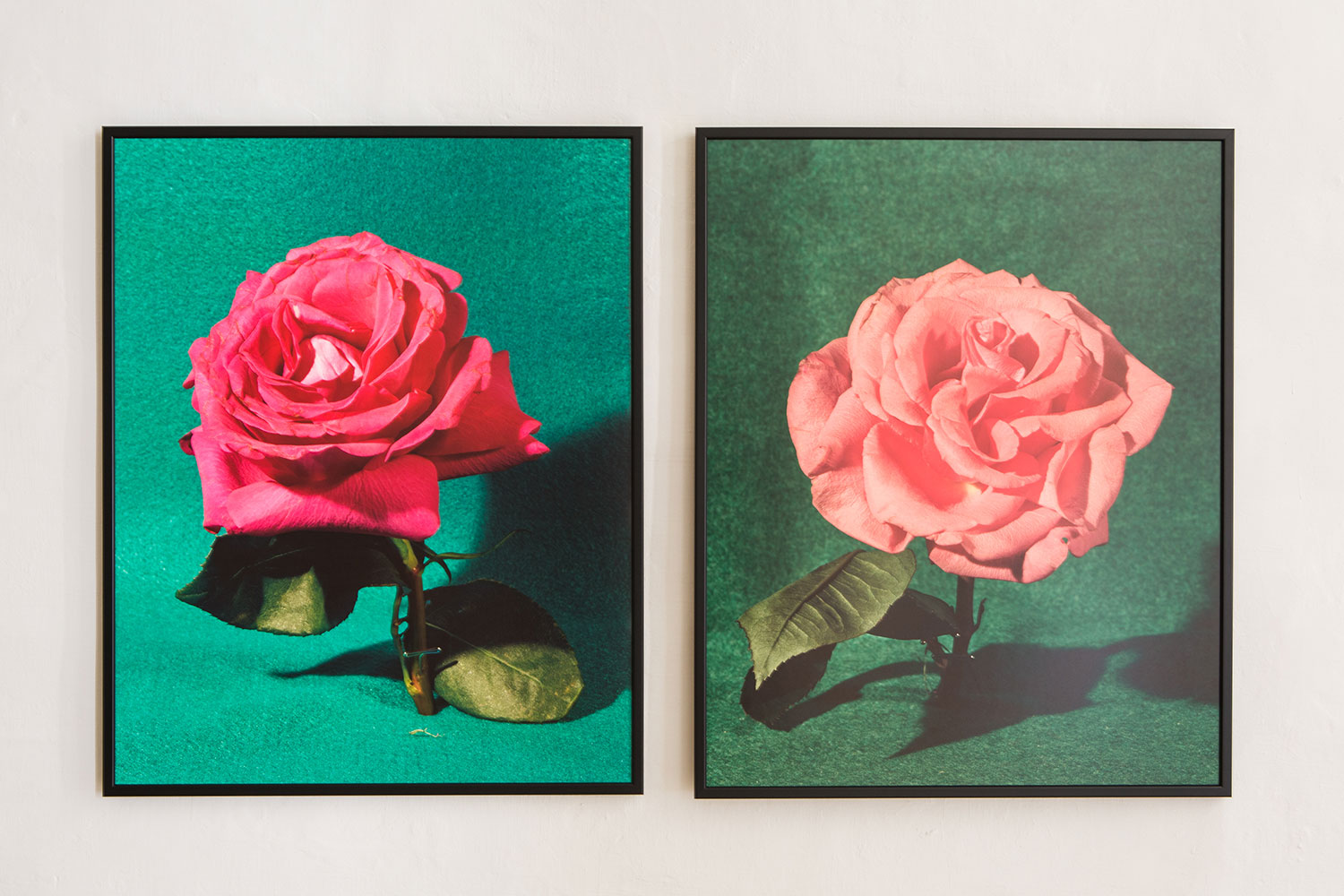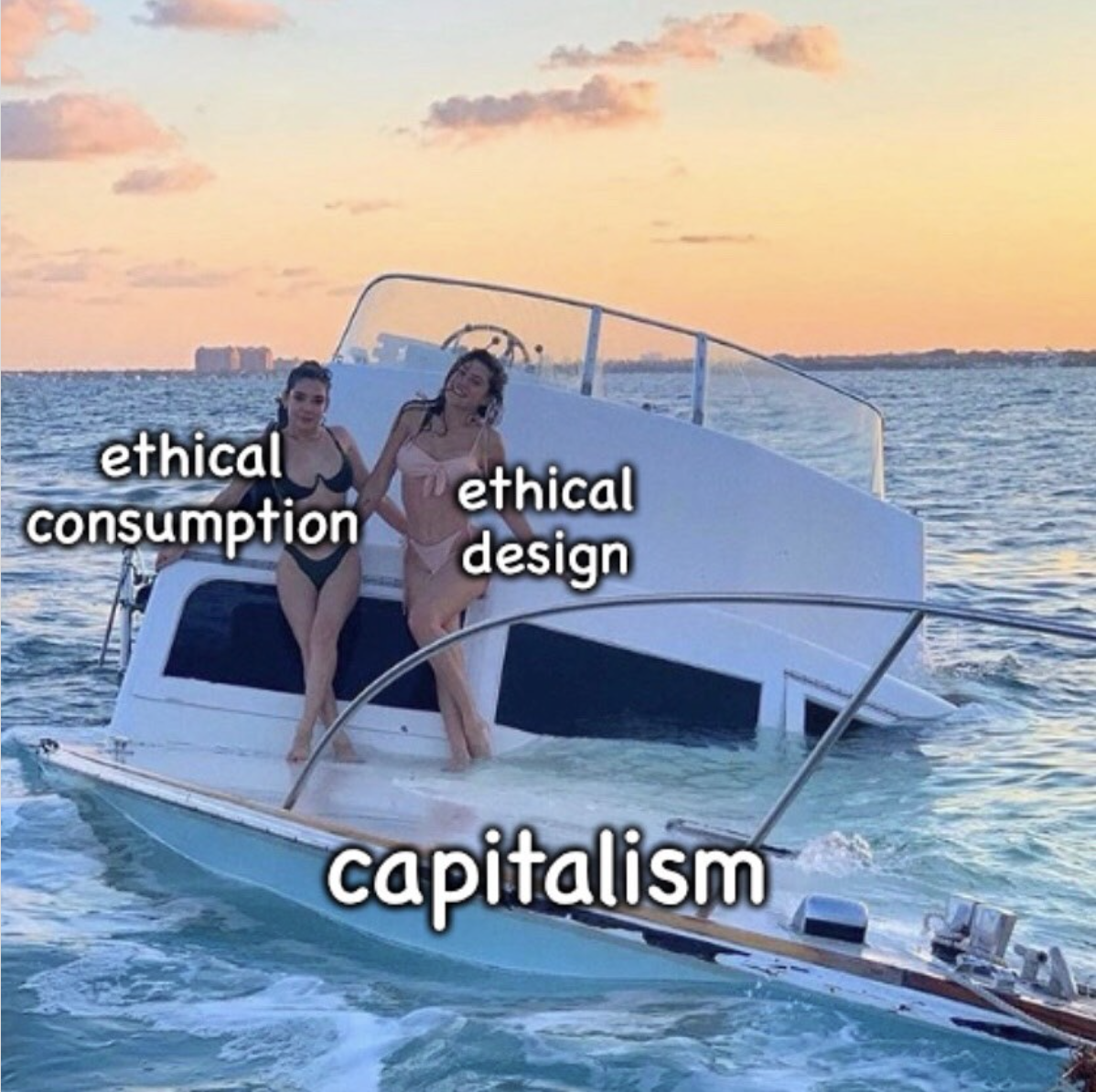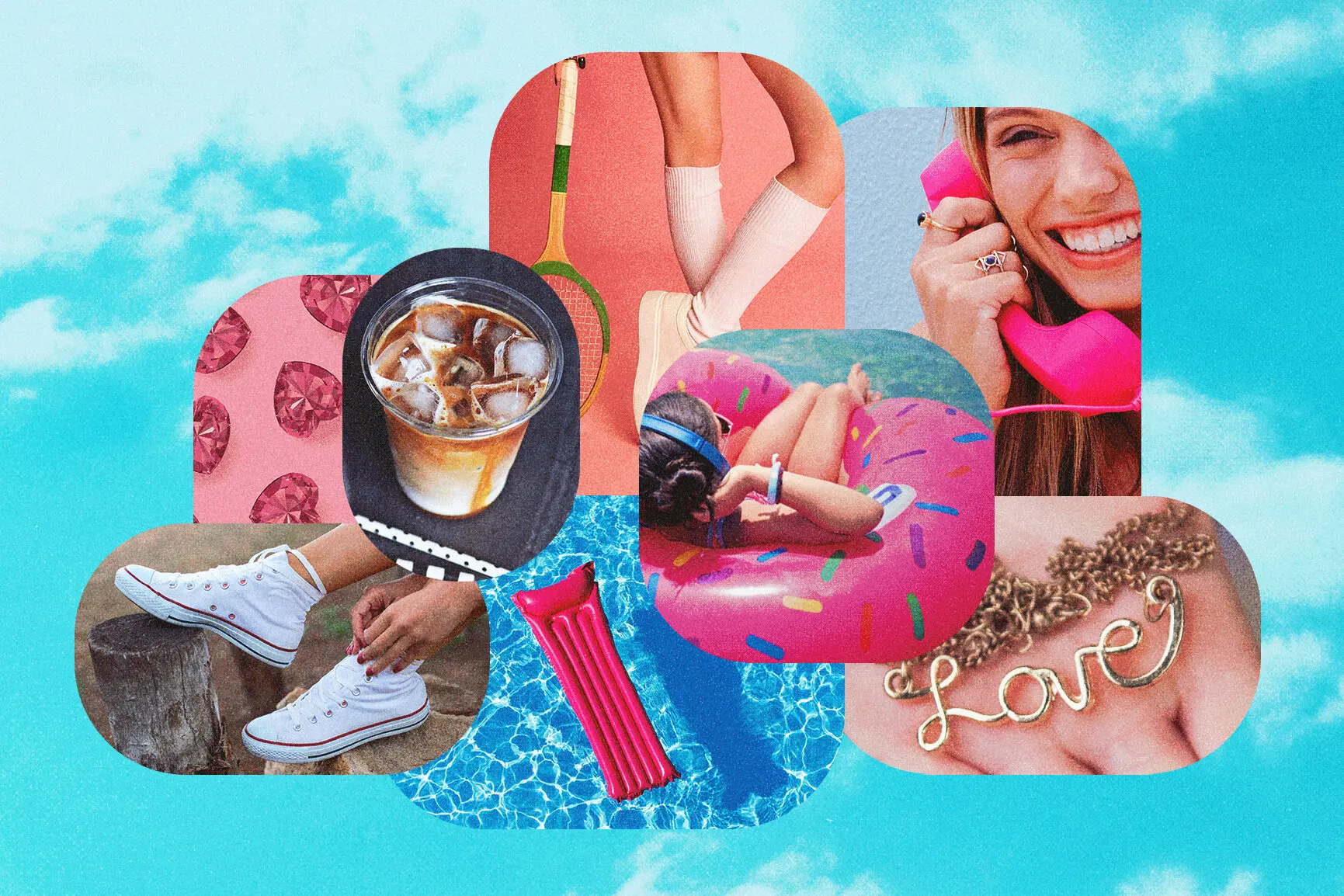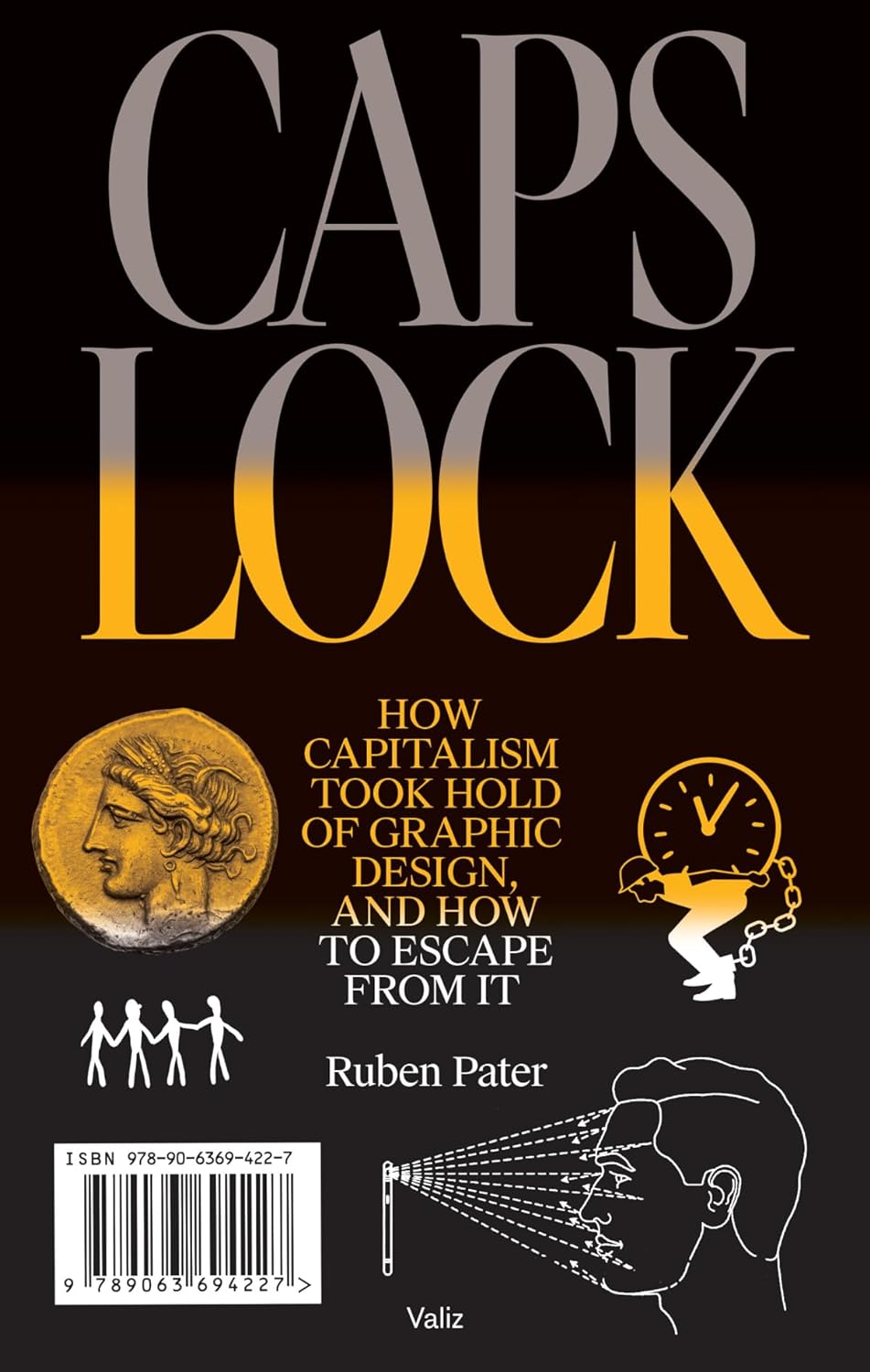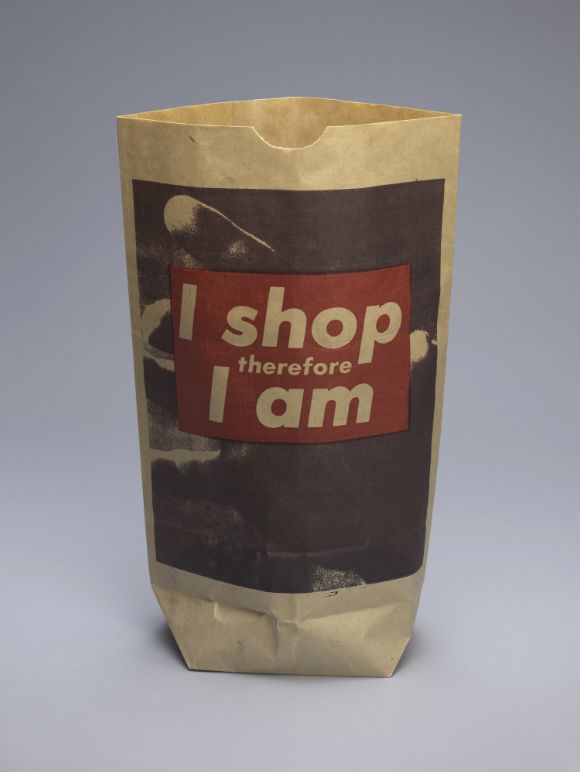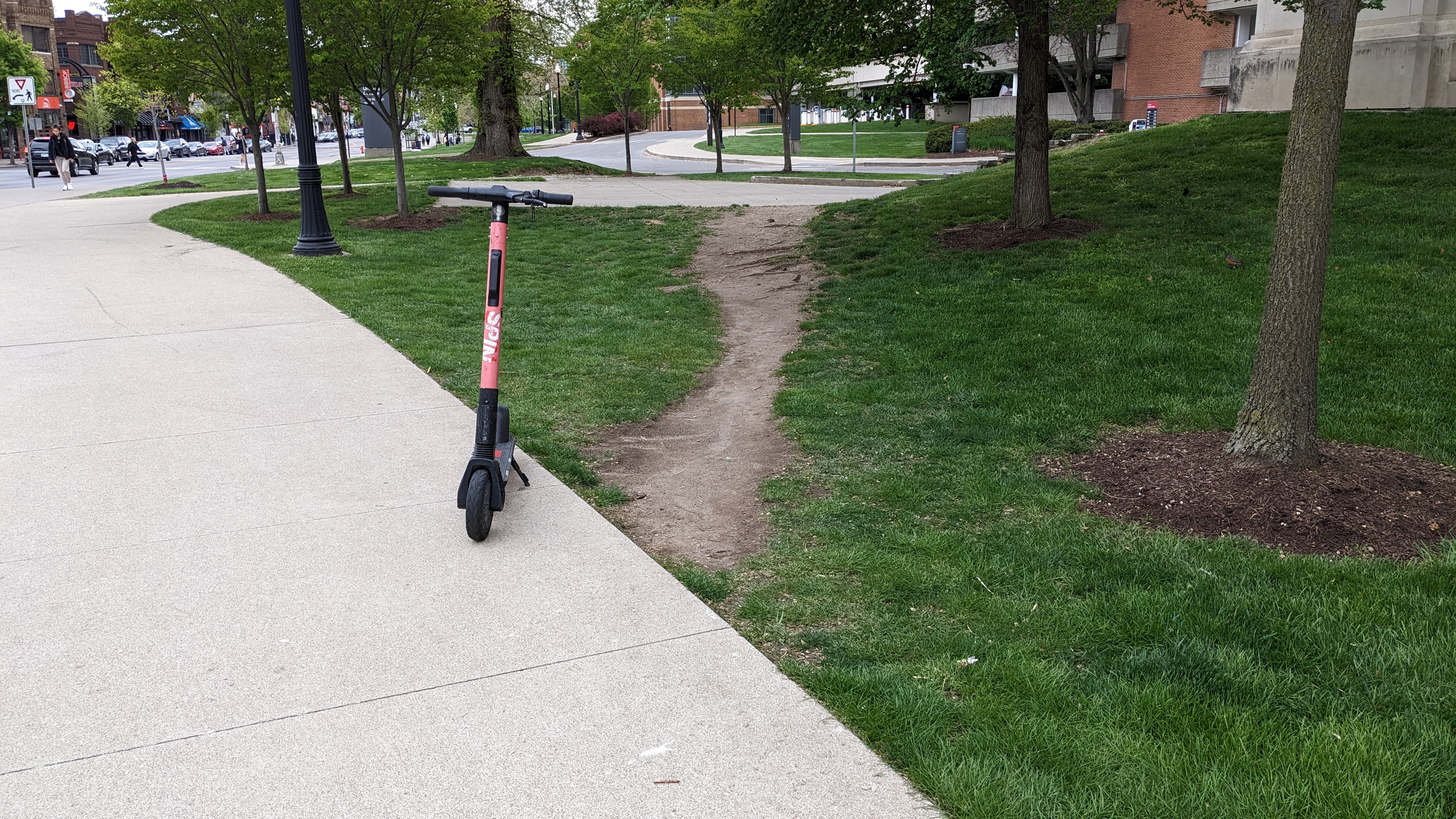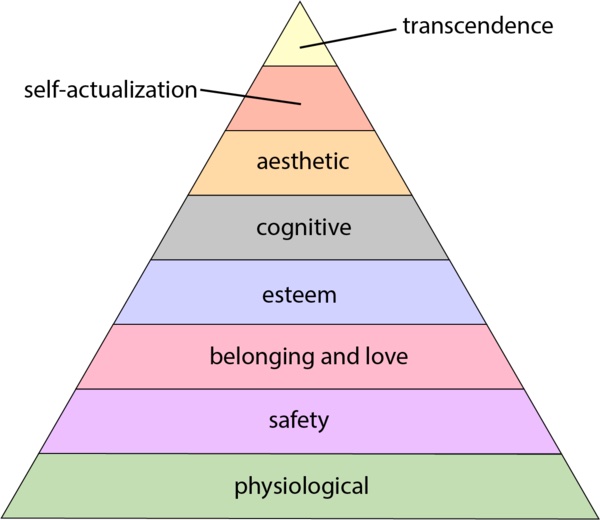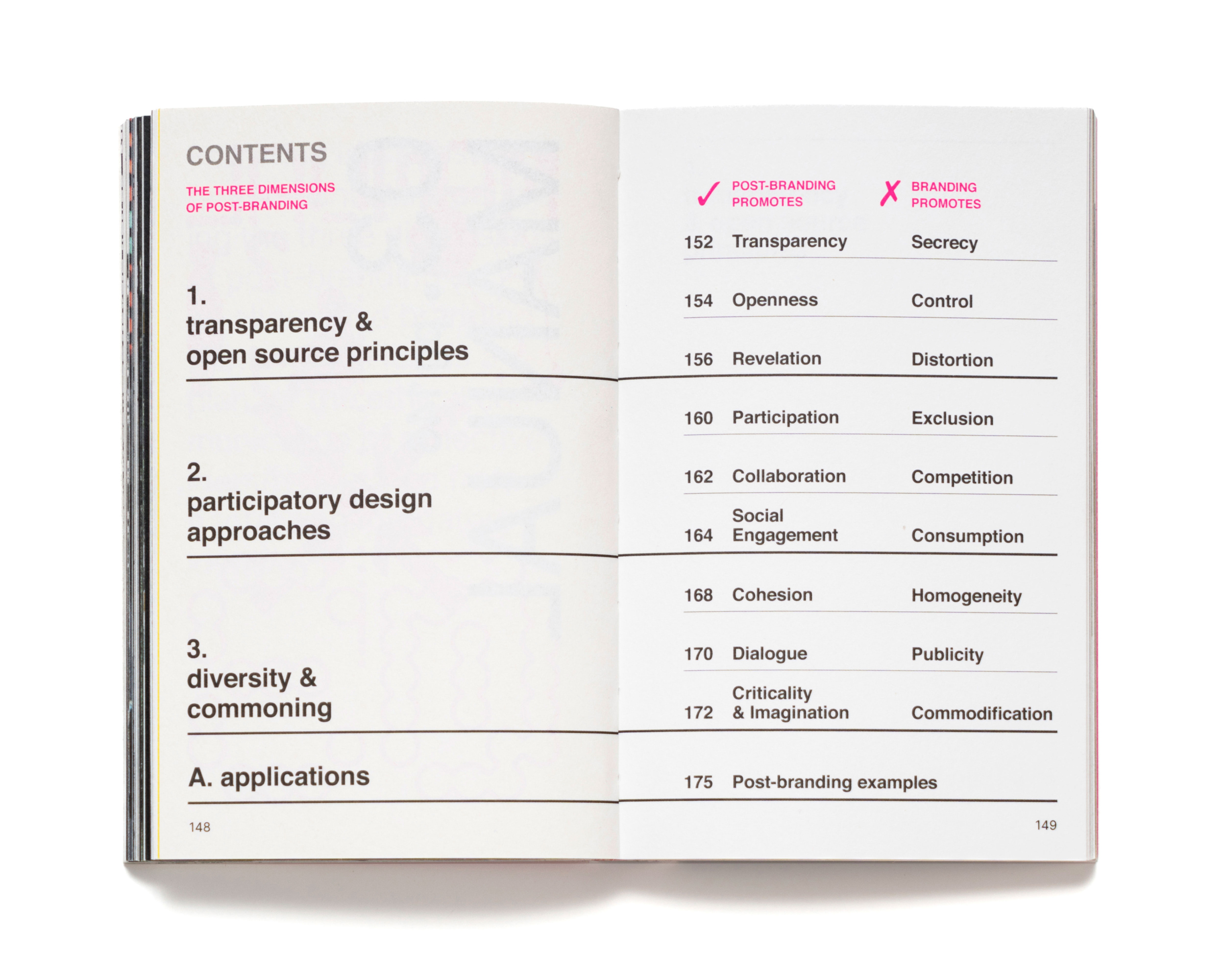Buddhism
The truth of suffering, the truth of the cause of suffering, the truth of the end of suffering, and the truth of the path that leads to the end of suffering
Alternative Hedonist
The choice to live a less commodity-intensive existence simultaneously satisfies altruistic and self-interested motives: to consume less is to try and improve one’s own experience of life and reduce one’s negative impact on the wider world, or, rather, it is to recognise that these two things – care for the self and care for others – are intertwined.
Hedonic Treadmill
The observed tendency of humans to quickly return to a relatively stable level of happiness despite major positive or negative events or life changes
Shopping
Shopping is articulating oneself through one’s choices. Writing is articulating oneself through one’s choices—choices made while writing.
Style
Designers are conduits of style, and their work is valued precisely for its ability to move through the circuits of consumer society and engage an endless variety of commodities and substrates. The successful employment of a style fuels attention, generating financial returns for clients and cultural capital for the designer in question.
Surfaces
We are designing surface. Surface multiplies, beyond any measure of necessity, beyond the laws of demand and supply, beyond reason.
Brand & Culture
We are leaving branded lifestyles behind, and stepping into a new world of belief, faith, and meaning.
Maximalism
Metahaven, Anja Kaiser, the Design Displacement Group and The Rodina all frequently take an overwhelming, maximalist approach as a direct critique of the lingering system of modernism and its aim of “objectivity.
Shame
The function of shame, Bowring suggests, is to try to get people to prioritise the opinions of anonymous others rather than develop and honour their own autonomous conceptions of usefulness, sufficiency, beauty and pleasure. (Frayne 171)
Choice
Red Film [2018] deals a lot with this idea that we are living in a world filled with choices, or purpoted choice, but we are actually just picking from a predetermined set of things—ways of being, lifestyles, even languages—that have been pre-decided and dictated by capitalism. (Cwynar, 9-10)
